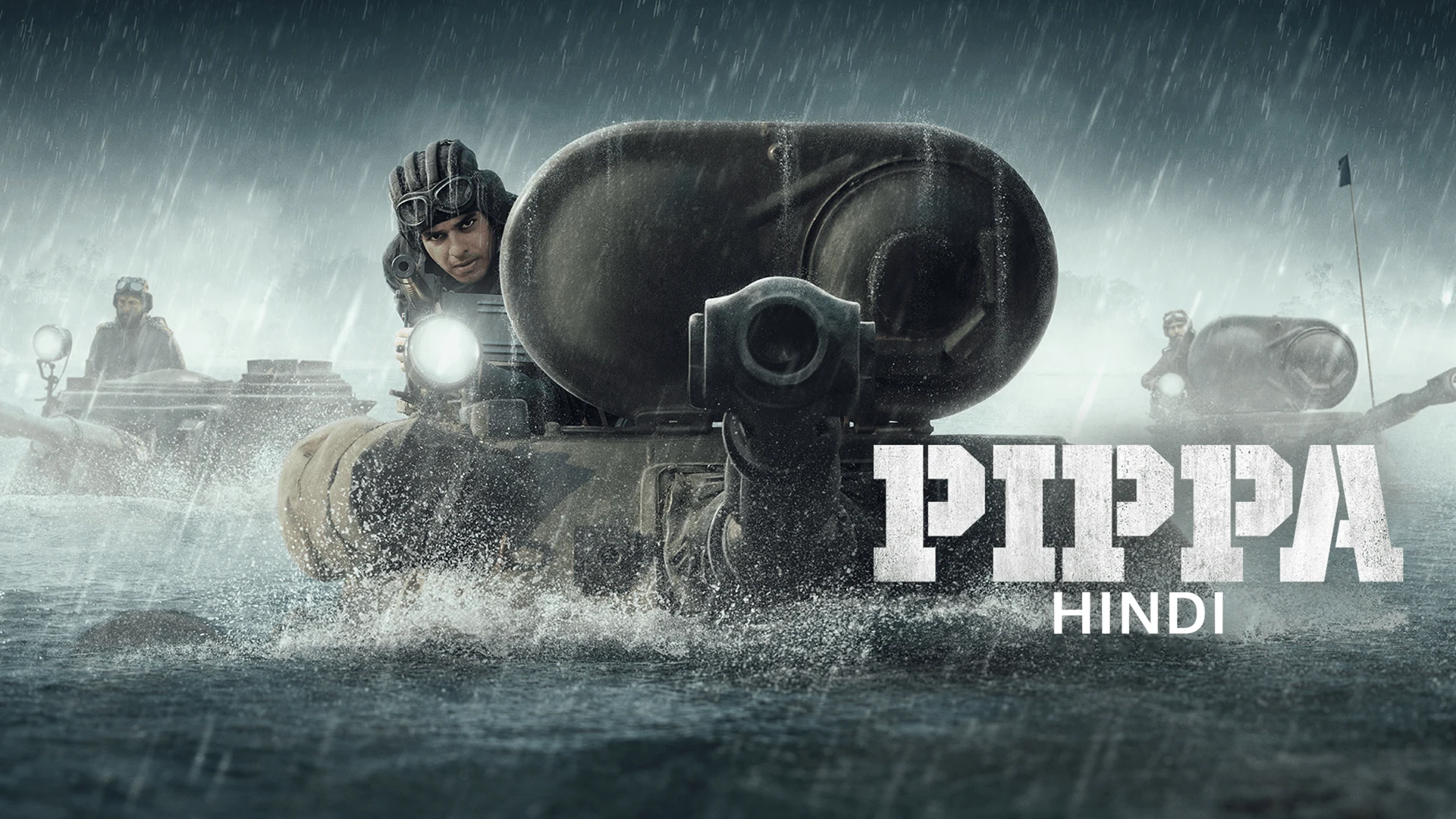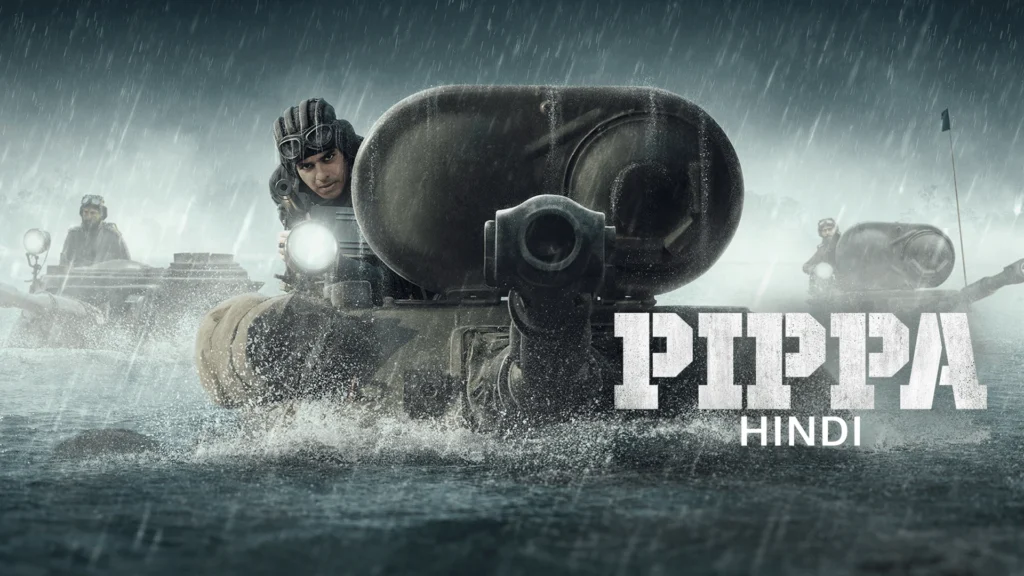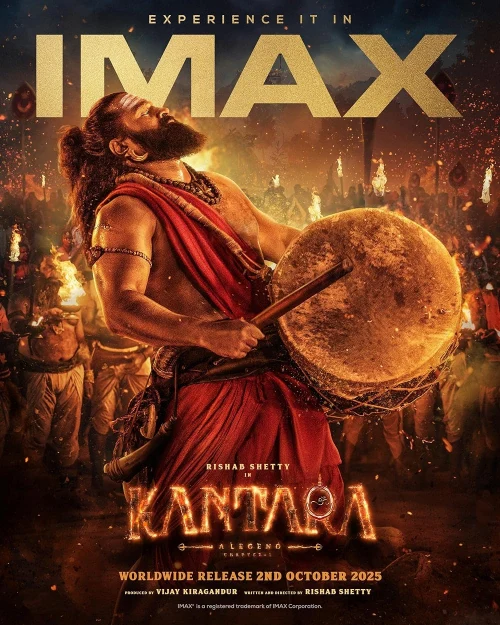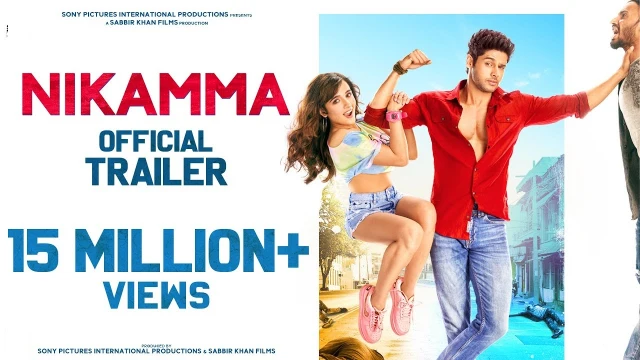Pippa Movie: A Complete Guide to the War Drama
Introduction to Pippa Movie
The Pippa movie is a gripping Hindi war drama that showcases the courage, sacrifice, and patriotism of Indian soldiers during the 1971 Indo-Pak war. Directed by Raja Krishna Menon, the film tells the true story of Captain Balram Singh Mehta from the 45th Cavalry tank squadron. The title “Pippa” refers to the amphibious tank PT-76, known for floating on water like an empty tin. With a blend of historical accuracy, emotions, and action, this film captures an important chapter in Indian military history while making it relatable to a modern audience.
Historical Background of Pippa Movie
The Pippa movie is set during the 1971 Indo-Pak war, one of the most crucial wars in South Asian history. This conflict led to the liberation of Bangladesh, marking an essential moment for both India and the region. The film shows the tactical skill of the Indian Army and the determination of soldiers who faced tough conditions. Unlike many fictional war films, Pippa focuses on authenticity and closely follows Captain Mehta’s real experiences. This historical grounding gives the story depth and credibility, letting viewers relive the bravery of India’s military heroes.
Cast and Characters of Pippa Movie
The Pippa movie features a strong ensemble cast, with Ishaan Khatter playing Captain Balram Singh Mehta. Ishaan brings a mix of intensity and youthful energy to his role, capturing the emotional journey of a soldier balancing personal challenges with duty. Mrunal Thakur portrays his sister, representing the spirit of resilience on the home front. Priyanshu Painyuli plays Balram’s brother, while Soni Razdan adds depth as the family matriarch. Each character highlights the themes of unity and sacrifice, showing how war affects not just soldiers but also families and society. The performances are sincere, making the film relatable beyond its war theme.
Director Raja Krishna Menon, known for films like Airlift, showcases his storytelling skills in the Pippa movie. His vision balances action-packed moments with emotional storytelling. Rather than glorifying war, he presents its harsh reality, focusing on the sacrifices soldiers make for their country. The battlefield scenes are filmed with care, ensuring they engage viewers without losing authenticity. Menon’s approach also highlights the human aspects of war, intertwining personal struggles with national duty. This combination adds depth to the film, allowing it to connect with audiences beyond typical war dramas.
Music and Background Score of Pippa Movie
The heart of the Pippa movie lies in its music, composed by the legendary A.R. Rahman. His compositions enhance the story by mixing patriotic spirit with deep emotions. The background score boosts the intensity of the war scenes while adding tenderness to family moments. Rahman’s ability to convey courage, sacrifice, and hope through music ensures that the film resonates with viewers. The songs are not simply extras; they are integral to the storyline, reflecting the characters’ emotions and enriching the narrative experience. This musical element deepens the overall cinematic journey, leaving a significant emotional impact on audiences.
Impact and Relevance of Pippa Movie Today
While the Pippa movie is set in 1971, its themes are still relevant today. The story emphasizes values of unity, sacrifice, and courage that continue to inspire modern audiences. In a time when conflicts often fill the news, the film reminds us of the costs of war and the need for peace. It also instills pride in India’s military legacy, honoring the unsung heroes who protected the nation. Beyond patriotism, the movie encourages discussions about resilience, family ties, and the personal sacrifices made by soldiers, making it both a historical and a human story.
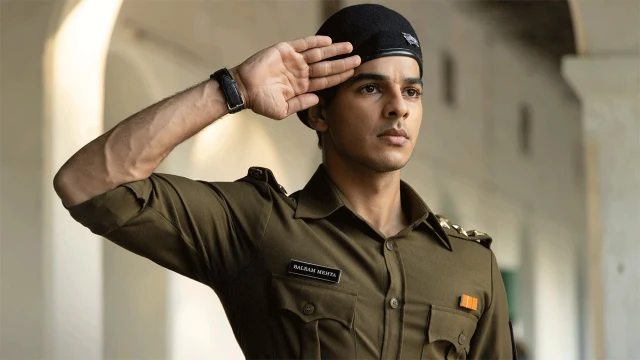
The Real-Life Inspiration Behind the Film
The story at the center of this war drama is based on Captain Balram Singh Mehta, a soldier who played an essential role during the 1971 Indo-Pak conflict. He served in the 45th Cavalry regiment and led the PT-76 tank squadron. This amphibious tank was affectionately nicknamed “Pippa” because it floated like an empty tin can. The film portrays his journey as a young officer who not only led his troops into battle but also carried the weight of responsibility for his country and his family.
The narrative honors Captain Mehta’s courage and the countless unnamed soldiers who made sacrifices during the war. What makes this story particularly compelling is that it highlights the human side of battle. It portrays soldiers with dreams, fears, and families thrust into extraordinary circumstances. By showcasing his journey, the film transforms a historic victory into a deeply personal story of resilience.
The Significance of the 1971 Indo-Pak War
The 1971 conflict is one of the most critical events in South Asian history, leading to the creation of Bangladesh. This war wasn’t just a military victory; it was also a humanitarian achievement, as it ended widespread oppression in East Pakistan. The Indian Army’s role was essential in changing the outcome, and the campaign became an example of tactical skill and international cooperation.
In the film, the importance of the war is emphasized through carefully crafted scenes that blend strategy with emotion. The storyline does not simply recount battles; it reflects on the broader purpose behind the conflict. It illustrates how liberation and justice inspired an entire nation to act. For younger audiences who may not be aware of this history, the film provides an educational experience that connects past struggles with present realities.
Character Arcs and Emotional Depth
One of the film’s strongest elements is its portrayal of character relationships. The protagonist’s dynamic with his siblings and mother forms the emotional core of the story. While the battlefield scenes provide excitement, it’s the moments of vulnerability, compassion, and familial love that give the narrative its heart.
The bond between brothers illustrates that war is not just fought by individuals but by entire families. Each family member becomes part of the struggle, facing their own emotional battles. The film captures these nuanced relationships beautifully, ensuring that audiences invest not only in the military victory but also in the personal journeys of the characters.
Visual Storytelling and Cinematic Choices
The director makes sure that every frame carries significance, whether it captures the chaos of war or the stillness of a family waiting for their loved one’s return. The battlefield sequences are intense and realistic, utilizing practical effects and detailed choreography. Tanks rolling across muddy terrain, soldiers maneuvering under fire, and the tension of ambushes are presented with raw authenticity.
Cinematography plays a key role in setting the atmosphere. Wide shots highlight the vast landscapes of battlefields, while close-ups emphasize the fear, determination, and emotions of the soldiers. The visual contrast between moments of destruction and moments of quiet human interaction creates a complex storytelling experience.
The Role of Music and Sound
A.R. Rahman’s compositions infuse life into the narrative, providing an emotional rhythm that propels the story forward. Patriotic tracks underscore moments of victory and courage, while softer melodies highlight personal struggles and sacrifices. The music does not overpower but blends smoothly into the storytelling, serving as a second voice that expresses emotions beyond words.
The background score during intense battle scenes boosts suspense and adrenaline, while softer moments are supported by subtle orchestration. In a story that is both epic and intimate, Rahman’s music maintains balance, guiding the audience through waves of tension, pride, and sadness.
Lessons for Modern Audiences
Although the events took place over fifty years ago, the themes explored remain timeless. Courage in the face of challenge, unity in times of crisis, and resilience under pressure are values that continue to resonate today. For a generation often disconnected from war narratives, the film serves as a reminder of the costs of freedom and the responsibility that comes with it.
It also highlights the human cost of war, stressing that victories are rooted in immense sacrifices. By telling this story, the film connects history with modern awareness, showing that the struggles of the past can inspire strength in the present.
Performances That Elevate the Story
The actors bring authenticity to their roles, ensuring that the characters feel real rather than symbolic. The lead actor skillfully captures the transformation of a young officer into a seasoned leader. His facial expressions convey both vulnerability and determination, making his journey relatable.
Supporting characters, from family members to fellow soldiers, add depth to the narrative. Each performance enriches the atmosphere, ensuring that no character feels unnecessary. The emotional range displayed across the cast helps audiences connect deeply with the story, whether in scenes of grief, hope, or triumph.
Direction and Storytelling Style
Raja Krishna Menon’s approach combines realism with cinematic drama. Known for his ability to bring true stories to life, he ensures this war drama does not become another action-heavy spectacle. Instead, he grounds it in authenticity while still making it visually appealing.
The pacing balances high-energy action with reflective pauses. Rather than glorifying war, the film depicts its harsh realities. This choice gives the narrative integrity, making it stand out from generic war dramas. Menon’s vision emphasizes that wars are not only fought with weapons but also with resilience, love, and sacrifice.
Battle Sequences and Authentic Action
The combat scenes are among the film’s highlights. From tank battles across rivers to close encounters with enemy troops, the action sequences are crafted with realism. The use of actual military equipment and consultation with defense experts ensures that these scenes reflect historical accuracy.
What makes these scenes even more impactful is the emotional context behind them. They are not simply battles between armies but confrontations that determine the fate of families, nations, and millions of people. Each bullet fired and each tank maneuver carried significance, making the audience feel the urgency of the situation.
Themes Beyond War
Beyond its military focus, the story explores themes of duty, family, and identity. It examines how individuals balance personal dreams with national service. The tension between private life and public duty forms an important subplot, making the narrative relatable to a broader audience.
The theme of liberation resonates throughout. Just as East Pakistan sought independence, the characters undergo journeys of self-discovery and freedom. This parallel adds depth, making the narrative not only about external conflict but also about internal struggles.
Cultural and Cinematic Legacy
The film is set to make an impact on Indian cinema by blending historical storytelling with modern cinematic techniques. By shining a light on a lesser-known chapter of history, it expands the audience’s understanding of the nation’s past. It joins the ranks of films that honor soldiers and preserve their legacy for future generations.
Its cultural influence extends beyond entertainment. It starts conversations about history, patriotism, and the sacrifices that often go unrecognized. By celebrating bravery while acknowledging the pain of war, the film achieves a balance that ensures it will be remembered as more than just another war drama.
❓ Frequently Asked Questions (FAQ)
1. What is the central theme of the film?
The film focuses on courage, resilience, and sacrifice during the 1971 Indo-Pak war. It explores the personal and national struggles of soldiers and their families.
2. Who directed this war drama?
Raja Krishna Menon directed the film. He is known for his realistic storytelling and his ability to blend emotion with action.
3. Which actor plays the lead role?
Ishaan Khatter plays the lead role as Captain Balram Singh Mehta, a young officer in the 45th Cavalry regiment.
4. Why is the tank called “Pippa”?
The PT-76 tank is nicknamed “Pippa” because it floats on water like an empty tin can, which makes it unique in warfare.
5. How does the film portray family dynamics?
The story captures the relationships between siblings and their mother, showing how families share the burden of war.
6. What role does music play in the narrative?
A.R. Rahman’s music enhances the storytelling. It balances patriotic themes with emotional elements, connecting with the audience deeply.
7. Does the film glorify war?
No, the film does not glorify war. It focuses on its harsh realities while honoring the sacrifices made by soldiers.
8. How is the historical accuracy maintained?
The filmmakers collaborated with defense experts and used real accounts, ensuring authenticity in battle scenes and settings.
9. Why is the 1971 war significant?
The war led to the liberation of Bangladesh and showcased India’s strategic and humanitarian contributions to global history.
10. What makes this film relevant today?
Its themes of unity, sacrifice, and resilience are timeless. It connects past struggles with lessons for modern audiences.
visit now our other review ⚠️🚨⚠️ Selfee Movie (2025) – Cast, Story, Review, OTT, Budget.

